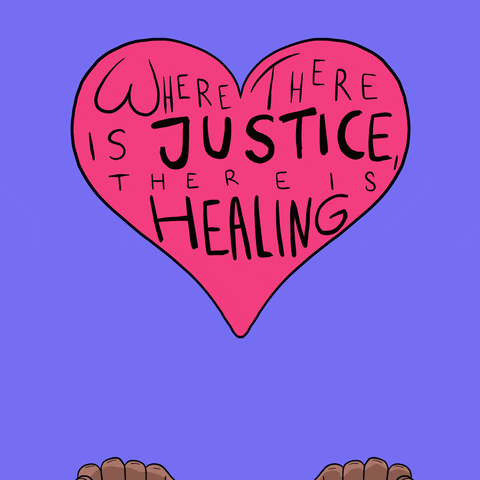Restorative Justice
Now I am not gonna lie to you because that would not be kind but Craig (2016) book uses
 the term restorative discipline and I don’t really love the term discipline when we are discussing being a trauma sensitive classroom, so I am going to use the term justice as I always have. I absolutely loved that restorative justice is an approach that supports a trauma sensitive classroom/school. For years I have been using this practice and I feel very confident in seeing the strengths it offers to all children when needing to repair a relationship that is needing to be mended. Even once my students have left my classroom and if there is ever an issue that I need to deal with on the playground, these students all know and seem to respect how I deal with such conflicts, everyone is heard, everyone has a voice.
the term restorative discipline and I don’t really love the term discipline when we are discussing being a trauma sensitive classroom, so I am going to use the term justice as I always have. I absolutely loved that restorative justice is an approach that supports a trauma sensitive classroom/school. For years I have been using this practice and I feel very confident in seeing the strengths it offers to all children when needing to repair a relationship that is needing to be mended. Even once my students have left my classroom and if there is ever an issue that I need to deal with on the playground, these students all know and seem to respect how I deal with such conflicts, everyone is heard, everyone has a voice.
Craig (2016), discusses that trauma sensitive schools need to have a restorative approach especially with children who have experienced trauma as the research within her book expresses that they (including all other children) need to learn the social skills that strengthen relationships. This is also imperative for children to use this approach even with the adults in the building. Similar to how I already resolve conflict, Craig (2016), offers these suggestions: “affective statements, asking affective questions, and actively listening to what others have to say” (p. 80). Using classroom meetings is a great opportunity to teach the restorative approach by offering lessons in role playing, scripted dialogue, creating respect agreements, classroom beliefs, t-charts about what respect sounds and looks like, Zones of Regulation, the opportunities here are endless and I have included some resources in the teacher section. Also having a work table or a peace table where children can go to discuss situations slightly independently (but within earshot of a teacher), a place where students can work together on projects, allow for flexible groups, etc would be beneficial to a classroom.
To quote Craig (2016), “Whichever techniques are selected, the goal is always the same: to teach children that relationships can be repaired and old wounds healed when the goal is restorative” (p. 81).